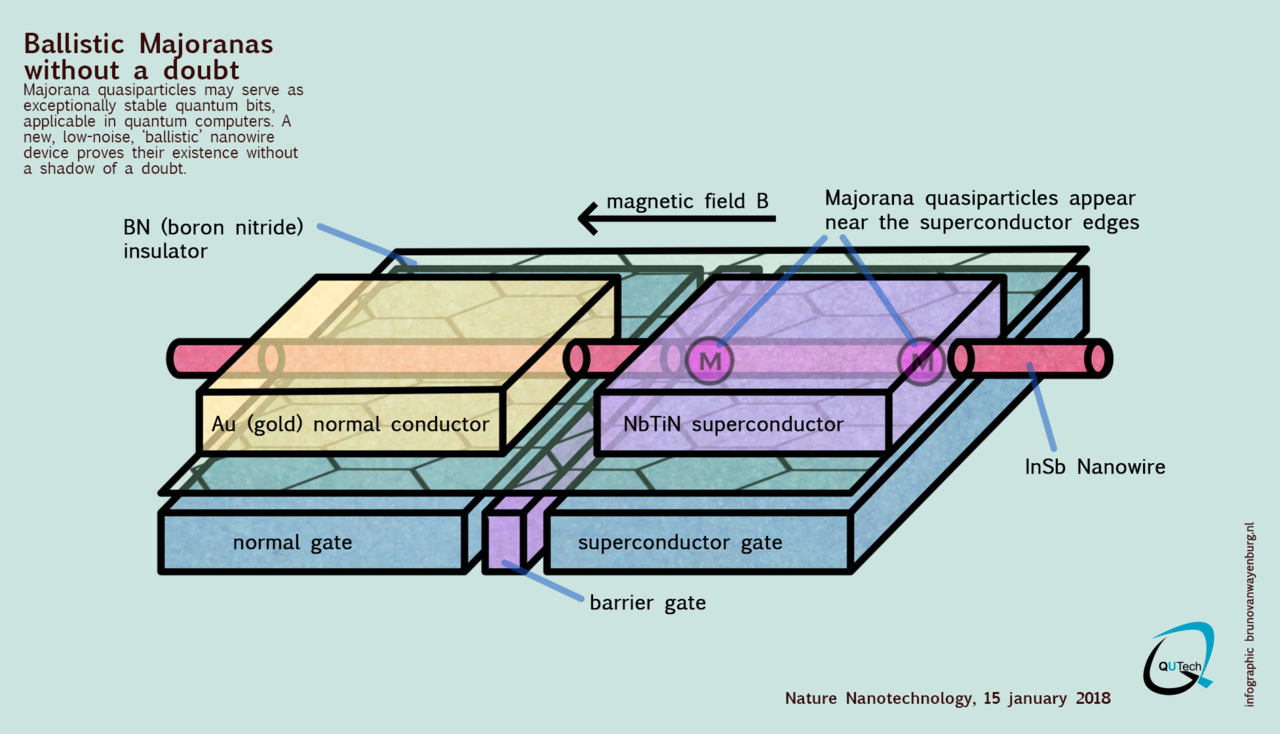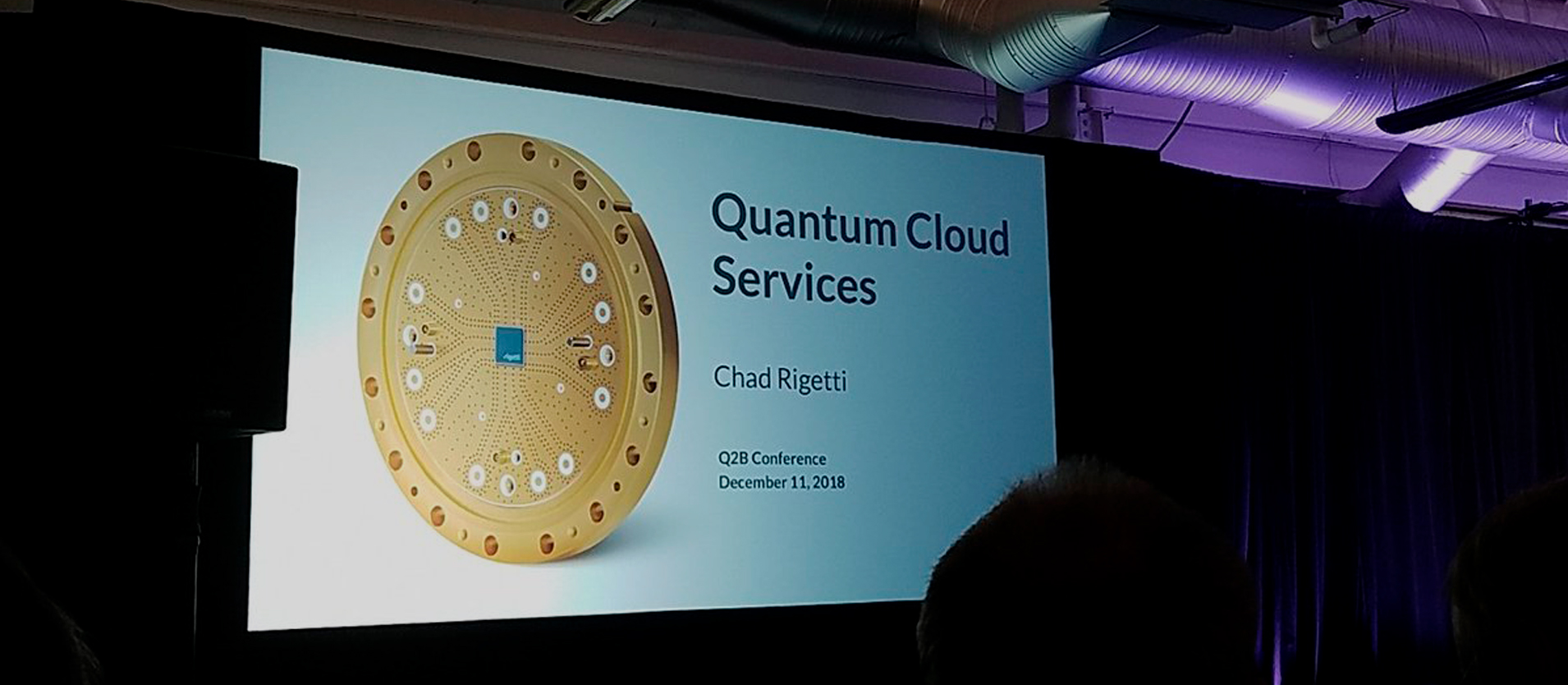Quantum Computing & Majorana particles
In 2012, the world of physics was rocked by the first observation of the exotic Majorana quasiparticle, in Leo Kouwenhoven’s laboratory (in Delft, Holland).
In 1937 Ettore Majorana speculated that there could be a particle that is its own antiparticle. These particles are a promising candidate for robust quantum bits in a topological quantum computer of the future.
So, how did the researchers do to find out them?
The idea was by a russian theoretical physicist, Alexei Kitaev, in 2001: Majorana fermions could be observed at the edges of a superconducting wire (that is, a wire carrying electricity without electric resistance).
Majorana quasiparticles only appear in materials in extremely restricted conditions. When a nanowire made from a semiconductor is connected to a superconductive material, researchers see a so-called zero-bias peak in the case of certain magnetic fields and electrical charge. This signal is the main characteristic of the presence of Majoranas.
Majorana fermions are perfectly capable of working like a qubit because of their poor interaction with ‘ordinary’ matter: they can stay stable for a long time without affecting their quantum state.
Microsoft is the company at the forefront of the research in this field. They aim to build a topological quantum computer using Majoranas to execute quantum algorithms in a fault-tolerant way. The researchers are hoping to gain a working qubit before the end of 2018.

Ballistic Majoranas without a doubt ©QUTech
Further information:
27/10/2000 – Unpaired Majorana fermions in quantum wires
02/10/2014 – Princeton scientists observe elusive particle that is its own antiparticle
02/10/2014 – Observation of Majorana fermions in ferromagnetic atomic chains on a superconductor
01/12/2016 – Researchers Take First Look into the “Eye” of Majoranas’
15/01/2018 – Majoranas on the rise
28/03/2018 – Quantized Majorana conductance




